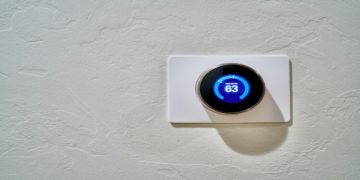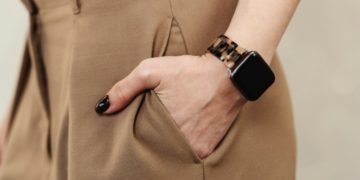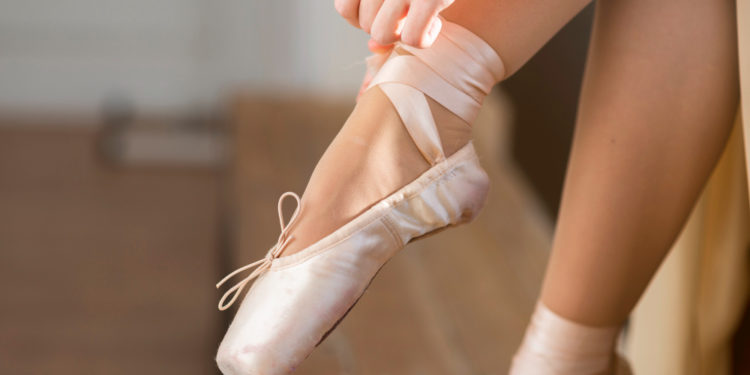The feeling of being “alive” while dancing is not a mere metaphor Gen Z uses to persuade their parents to gain extra time when going to the club. Actually, it comes from the release of endorphins and dopamine, the connection between mind and body, and the freedom of being unapologetically yourself. Furthermore, dance can be so much more than moving your hips to Rosalia’s songs at a beach club in Greece, gaining the title of a multifaceted art form with various styles and purposes, such as performance, expression, and physical activity.
This versatile and enriching activity has surged in popularity over the past few years, with artists and genres crossing over and influencing each other. Today, the line between underground and mainstream has nearly vanished, drawing us into the most unexpected trends, such as becoming devoted to disco culture, for example. Moreover, the rise of platforms like TikTok and YouTube has further popularized dance, facilitating its mainstream discourse to the point where we found ourselves hip-hoping in the mirror on a casual Wednesday afternoon.
As there has been an increasing focus on choosing dance floors that do not fail to meet performance aspirations and safety measures, this article targets dance studio directors, offering a snapshot of the factors y’all should think about when choosing the flooring of your studio.
What Makes Flooring So Important In A Dance Studio
Professional dance studios cannot fall short of the highest flooring standards, as choosing the wrong flooring can lead to various unfortunate scenarios, such as injuries, reduced performance, and increased fatigue. For instance, a concrete floor comes with no more than 0% shock absorption, leaving the body 100% vulnerable when the energy generated is returned. Although this is not poised to result in high-risk injuries, it comes with various issues that usually tend to escalate if left unaddressed. These include shin splints, stress fractures, tendonitis, and ankle sprains.
Over the years, dancers at the Royal Opera House in the UK have raised concerns about injuries due to stiff or slippery surfaces. Some have also reported needing surgeries or long rehabilitation due to cumulative stress, reinforcing the importance of proper dance flooring. Remember, as a studio director, this responsibility does not count exclusively on your morals and your responsibility as a human being to protect others. It can lead to exceedingly costly lawsuits, tarnishing your profitability and overall reputation.
Various Dance Styles, Different Needs
Generally, flooring with consistent response and a correct degree of traction provides enough lateral foot support, further reducing the risk of injury. The next part of the article, however, will dive deep, exploring various dance styles and their specific needs. These include:
- Tap dancing involves a variety of movements that use the feet to create sounds and dance steps. These movements include taps, steps, and drops, requiring flooring with impact absorption. The most preferred option is a sprung floor with a heavy-duty vinyl top, popular for its cushioned surface that significantly absorbs the impact of dancing.
- Ballet is all about smooth, flowing, and precise movement, rejecting hardwood flooring without cushioning and carpet. Popular options that do not inhibit movement include Vinyl and Sprung.
- Hip-hop dancers typically prefer vinyl flooring, as it is one of the most durable options, allowing for a good balance of grip and glide. Although hip-hop dancing is not universally aggressive, several styles feature energetic, powerful movements, such as Krumping, making a robust surface fundamental to withstand the impact and maintain its structural integrity.
- Folk dancing emphasizes basic footwork, pattern, and formation, varying greatly depending on region and traditions. Typically, it requires flooring that offers a good balance of grip and slip, with vinyl being one of the most popular choices. Dance floor tiles can also be suitable, offering flexibility and the option to store them when not in use.
- Ballroom dancing involves smooth transitions that foster connection between partners, including sustained, percussive, swinging, suspended, collapsed, and vibratory movements. Hardwood flooring is generally considered ideal, with maple, oak, and ash being the most durable options.
- Lambada, primarily focused on close embraces, entwined thighs, and pronounced hip movements, requires materials that offer stability, resilience, and comfort. Popular options include vinyl and laminate flooring.
Maintaining The Dance Floor For Safety Standards
The life of dance floors is highly dependent on maintenance, requiring consistent upkeep to preserve performance standards over time. Appropriate cleaning products help prevent damage such as that provoked by harsh chemicals, maintaining proper traction without residue buildup. If talking about wood and vinyl floors, we’d recommend a pH-neutral cleaner or maybe a simple solution of warm, soapy water. For optimal floor conditions, you must implement a rigorous cleaning schedule, immediately addressing spills or liquids left on dance surfaces. Although apparently not a big deal, quick response is fundamental for floor integrity, avoiding the reach of underlying layers that may cause warping or bubbling. In addition to the most obvious parts, which imply dust and damp mopping, you should conduct a thorough cleaning monthly, using a cleaning machine specially designed for dance floors.
As a studio manager, you’re also in charge of performing regular assessments for safety issues before they cause injuries. Early warning signs of potential hazards include uneven planks or panels, inconsistent traction, and cracks or splits in surfaces.
Concluding Remarks
As you can see, a dance director’s responsibilities extend far beyond simply teaching choreography. One critical but often overlooked duty is selecting the appropriate flooring for rehearsals and performances. The right floor can significantly impact dancers’ safety, performance quality, and long-term physical health. Whether it’s sprung floors to absorb shock, marley surfaces for traction, or hardwood for specific styles, the choice must align with the type of dance being performed. It’s your job to ensure that the environment supports both artistic expression and physical well-being.













































































